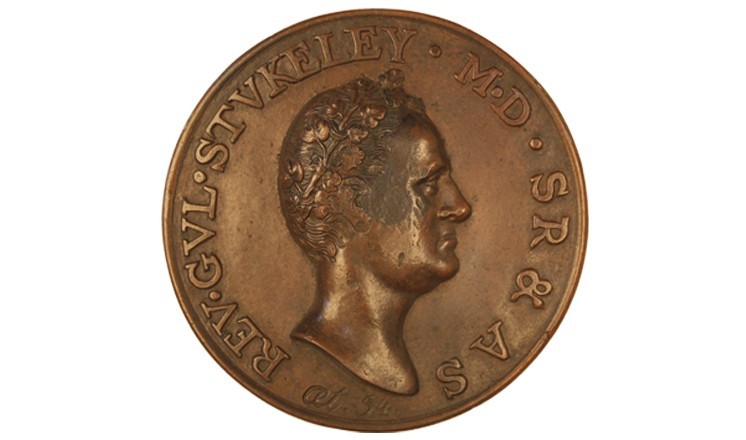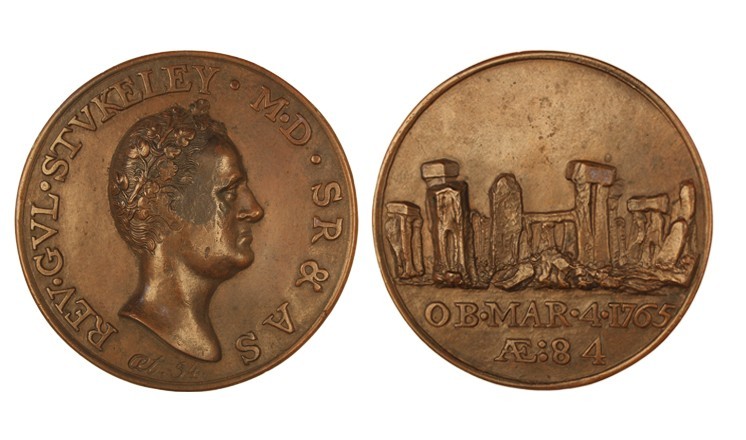Happy birthday William Stukeley
RSS FeedWilliam Stukeley's name is synonymous with the early years of antiquarianism and the development of the scientific study and recording of ancient monuments.
Born at Holbeach, in Lincolnshire, on 7th November 1687 he studied at Corpus Christi College, Cambridge and then went to London to study medicine at St Thomas' Hospital. In 1710 he returned to Lincolnshire to start his own medical practice in Boston and also served as vicar of All Saints' Church, Stamford.
His interest in history was lifelong, and he was a member of the Spalding Gentleman's Society, the Royal Society and the Society of Antiquaries. His most important works were his studies of the stone circles at Stonehenge and Avebury (published in 1740 and 1743). He was one of the first to attempt to date Stonehenge, though his suggested date of 460BC is, as we now know, far too recent a date. His drawings of both monuments still serve as valuable records of their state of preservation at the time.
Stukeley became fascinated by druids, and in his later years began to make ever wilder claims about monuments. The erroneous connection of Stonehenge with druids which still persists today was begun by Stukeley, and in fact much of our romantic view of the pre-Roman celts can be traced back to his works.
Stukeley's mark can even still be felt in Lincoln. The Roman 'Mint Wall', the remains of the public basilica and the largest freestanding piece of Roman building wall in Britain, has retained the name Stukeley gave it, as he believed that it belonged to a building used to mint Roman coins. Although that assertion is completely false, Stukeley's name has survived to the present day.
Stukeley was a good friend of Sir Isaac Newton and wrote a biography of him in 1752. This account was one of the first to tell the story of the famous 'apple tree' as the inspiration for Newton's theories about gravity.
The medal pictured here is in the museum's collections. It was produced in around 1775, ten years after Stukeley died. The portrait shows him wearing a crown of oak leaves, and the reverse an image of Stonehenge. The medal is cast rather than struck from a die, which is unusual for its time, but apt to commemorate Stukeley as it mimicks Medieval Italian medals.
Comments
There aren’t any comments for this blog yet


